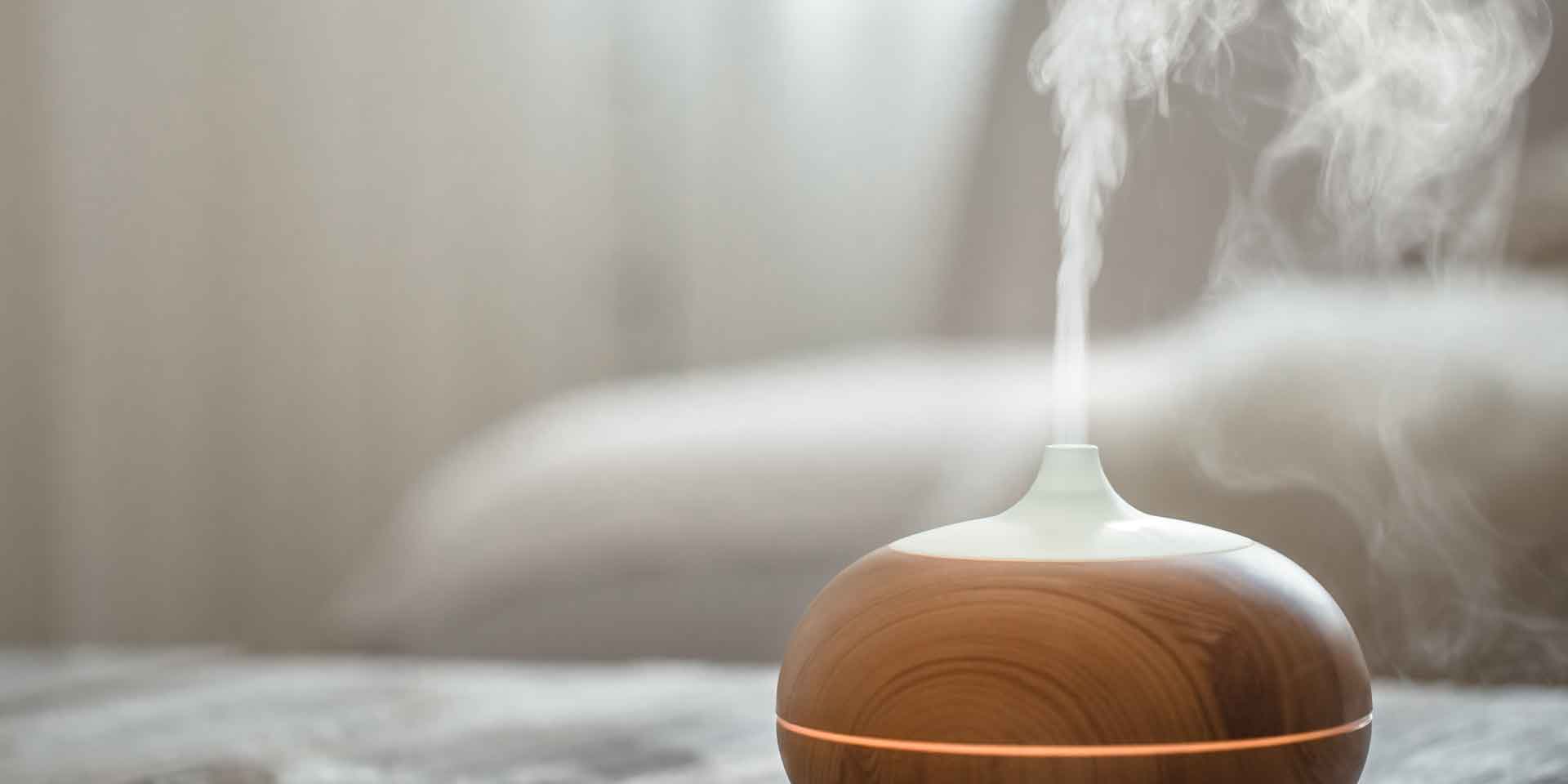Winter Wig Woes: Taming the Frizz & Tangles
Posted by Santana Fell on Jan 16, 2024
Winter transforms some places into a snowy haven, a white wonderland that gives us a front seat to the transformative wonders of nature. The waltzing snowflakes and mesmerizing fireflames dance in the falling temperatures, adding a magical touch to a pristine, gorgeously serene atmosphere.
Despite the charismatic charm of winter, this beautiful yet harsh season can be pretty challenging for many people, especially hairpiece wearers. Winter’s whimsical nature spells disaster for those stunning layers of luscious human hair wigs and hair toppers for women.
With heavy coats, high collars, woollen caps, scarves, and multiple layers comes terrible tangles and uncontrollable frizz for hairpiece wearers and natural hair alike.
But the brutality of this season does not allow us to bear the cold without using these comforting shields against dropping temperatures and gusty winds. Even the thought of that is absurd!
One might think that using alternative hair pieces for women during winter is not the best idea. Despite this opinion, wigs and women’s hair toppers define some people to such a great extent that it's almost impossible to imagine their day without them. So, not using them during winter is not even an option.
Now that this point is clear let's get it out of the way and get to the root cause of why winter messes with human hair, making it act like a difficult teenager.
Why does hair get more tangled and frizzy in winter?

Irrespective of whether it's your natural hair or that on a hairpiece, it is no secret that human hair gets more tangled and frizzy during winter, and frizzy, tangled hair is far from impressive. So what happens during winter to cause such non-cooperation from these stunning hairpieces for women?
The short answer is dry hair and static electricity.
Like natural hair, human hair wigs are prone to static electricity and moisture loss during colder months. The dry, chilly air prevalent in winter creates a perfect playground for hair-related woes to run wild.
Lack of moisture in the extremely cold, dry air outside, coupled with indoor heating systems on full blast, robs the air of moisture, leading to dryness. This lack of moisture causes the hair to become brittle, making it more susceptible to frizz and tangles.
As a result, human hair tends to build up static in drier environments deprived of moisture. This static electricity causes hair strands to intertwine, resulting in a tangled mess.
Tips to combat frizz and tangles:
If you are a wig or hair topper user, you know that maintenance is key and can not be ignored at any cost unless you want an unfit, unattractive hairpiece that would do you no good.
To look stylish, upbeat, and unaffected by the brutal winter weather, make sure you include extra hydration in your hair care.
Follow these simple steps to keep your wig looking sleek and fabulous while combating tangles and frizz.
Hydrate, hydrate, hydrate

Hydration is the most crucial factor in general for natural hair and human hair hairpieces, but it becomes even more essential during the long winters that wreak havoc on our skin and hair.
To retain moisture and boost hydration, only use wig-friendly shampoos and conditioners for a flawlessly smooth finish.
Additionally, never skip using a leave-in conditioner or specialized wig conditioning spray to keep the wig hydrated and supple for longer.
Remember that your hairpiece does not get natural oils from your scalp, so you must keep it well moisturized at all times for that healthy, silky-smooth hair look.
Say hello to a humidifier

To improve the overall moisture content in the room, consider using an indoor humidifier, which may save your tresses from throwing frizzy tantrums.
Detangler delight
Tangles are painful to smooth out and cause shedding, which adds to hair woes. The best way to tackle these pesky tangles and frizz is by using a good detangler that makes your work 10x easier. They form an added protective layer on the hair strands, making it a task to frizz up.
Carry your nylon bristled looped brush everywhere

After using your serum or spritzing your detangler, start taking small sections of your hair and brushing it with a gentle nylon bristled looped brush. Begin from the bottom or ends of your hair upwards to avoid pressure on the roots and base.
Also, carry this brush in your handbag to give your wig or topper a quick brush on the go if needed, but never overdo the brushing.
Always air dry
Don't rob your hair of moisture by using heat styling or blow drying that aids in forming frizz and tangles. Instead, it is always advisable to let your hair air dry to retain the moisture and look of the women’s hairpiece.
If you choose heat styling, ensure you use a heat-protectant spray to avoid any possible damage that might drain your hair from the last bit of moisture.
Don't sleep in your hairpiece
Every alternative hair stylist will advise against sleeping in your wig unless absolutely unavoidable. This is to avoid tangling due to the friction caused between the pillow and your hairpiece.
One major rule of thumb if you choose to wear a hairpiece while sleeping is to never sleep with a wet hairpiece. It makes shedding easier.
Don't expose wet hair to the cold

If you expose your wet natural hair or human hair wig or hair topper to the cold, be ready to experience freezing, breaking and even shedding of your precious strands.
Storage Matters
Store your wig properly in a cool, dry place when not in use. Consider using a wig stand or mannequin head to maintain its shape and prevent tangling.
Also, ignoring the dry indoor air isn't a wise decision, so keep your hairpiece shielded with a wig cover or silk scarf, even when it is placed on a stand or mannequin head.
Protective hairstyles

Consider styling your wig in protective hairstyles like braids or twists to minimize friction and tangles while brushing against coats and collars.
Even while wearing a hat or beanie, try wearing a silk or satin scarf beneath for that extra layer of protection from the cold and tangles.
By incorporating these practices into your wig care routine, you can bid farewell to winter-induced frizz and tangles drama, ensuring your hairpiece stays fabulously silky-smooth all season long.
 Likes
Likes


 USD
USD












